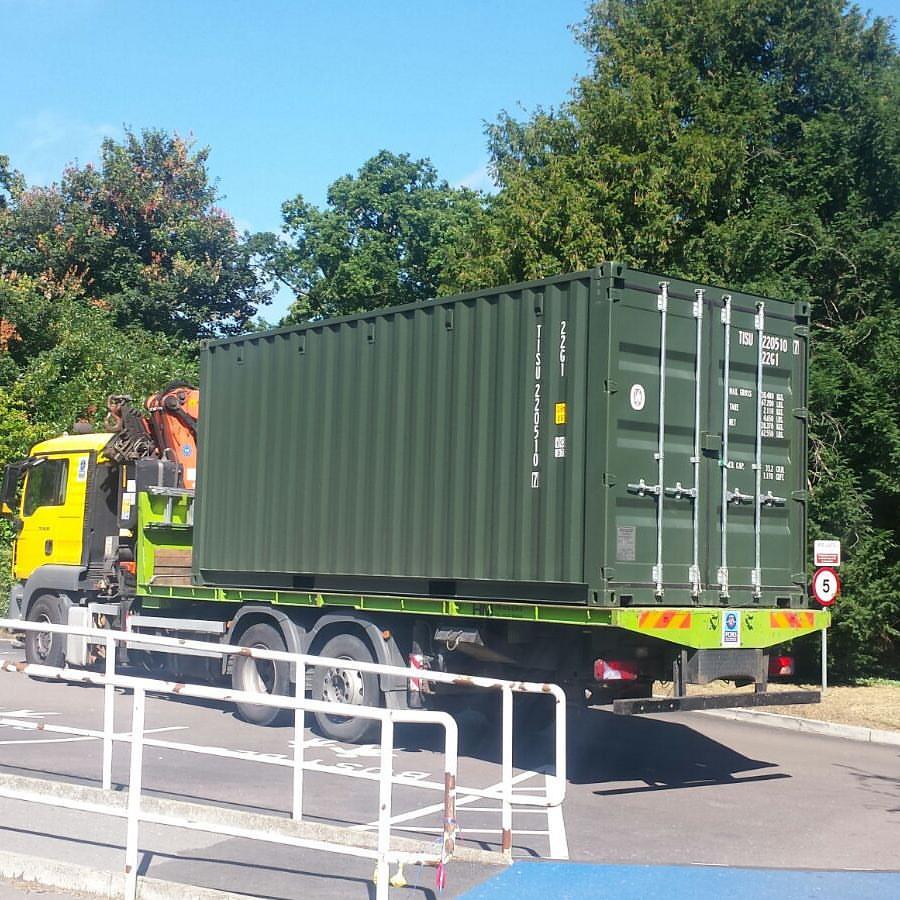Is your tyre garage adhering to storage regulations?

Last Updated on February 13, 2025
In addition to the many regulations imposed on car repair workshops and garages, there is one more that is essential in securing the safety of your workers and the financial future of your business: tyre storage.
Tyre storage and Health & Safety
According to HSE, there are many different injuries which can occur in the rubber and tyre industries. Being hit by a moving or falling object accounts for 14% of injuries, while slips, trips and falls cause 13%.
There is also a historical risk of cancer associated with inhaling rubber dust and fumes. This was alleviated by reducing the use of materials containing 2-naphthylamine and related chemicals in rubber; however, it is still important to maintain a high standard of dust and fume control.
Finally, fires have been recorded involving the storage, treatment and handling of rubber based products, including whole tyres. Tyres are composed of combustible materials, including rubber, carbon, oil and sulphur; they are also designed to absorb the heat generated from friction with the road, and when ignited, also absorb the heat of the fire – this makes it difficult to fully extinguish a fire involving tyres, as it may reignite.
Tyre storage regulations
Due to these many hazards, proper tyre storage is crucial in looking after your business and your workers. According to HSE’s guide to safe and healthy working conditions in the retread industry, tyres must be stored:
- Either inside a secure building or a securely fenced compound to minimise the risk of fires being started maliciously
- Segregated from highly flammable liquid stores and compounds and from processes that involve a fire risk
- With adequate separation between adjacent stacks of tyres to give sufficient fire breaks
- With high standards of housekeeping, preventing litter and combustible materials from accumulating in the tyre and casing storage areas
- In an area that can be easily accessed for daily safety checks
Legal implications
Improper storage of tyres can result in injury and, in the worst cases, death. Not only are victims of poor health and safety exposed to the possibility of physical harm, and mental and emotional distress, but employers are also susceptible to increased insurance premiums, legal costs, fines and even imprisonment.
At the very least, an accident caused by improper tyre storage can result in the loss of stock and production. By preventing accidents and ill health, you are saving your business time and money.
How to ensure correct tyre storage
Reduce trip hazards
A shipping container is your best bet for correct tyre storage. Having a separate facility for storing tyres keeps them away from your work space, ensuring that they won’t be a trip hazard.
Enhance security
Our shipping containers can be fitted with a heavy duty lockbox and padlock. This pairing is ideal for security purposes, as the system deters criminals with bolt croppers. There is an eye welded to the first door and the box is welded to the second door. So when in operation the box closes over the eye and then the padlock is positioned inside the box.
Fire safety
Shipping containers are made with corten steel and feature tight-fitting doors, making them naturally very fire resistant. If a fire starts in a shipping container, it can contain the fire until the emergency services arrive, protecting any employees on your site at the time of the fire, as well as the rest of your property.
Increase space
Tyres are a very bulky product, so having a dedicated space to store them will free up plenty of space in your workshop. Shipping containers can vary in size, but even a smaller 10ft x 8ft container can accommodate tyre racking.
Create movable storage
With the right equipment, shipping containers are easily relocated. This is important if your business is expanding. A shipping container is usually classed as temporary storage, which means that you’re unlikely to need planning permission to house one at your garage. This is unlike a warehouse, which would require permission and would need to adhere to further storage regulations.
How to implement a monitoring regime of stored tyres
As we mentioned earlier, it’s important to check stored tyres daily to make sure that your facility adheres to HSE guidelines.
When checking your storage, ensure that you make and keep a record of each check. You should check that your tyre stacks are separated, and that the temperature inside the storage facility is below 25 degrees Celsius and above 0. If the temperature is above the maximum recommendation, swap out your tyres regularly to alleviate the risk of fires and protect the quality of the rubber.
Where to purchase a shipping container for tyre storage
If you want to improve your tyre storage, give us a call on 0800 121 7388 for a free quote, or visit billiebox.co.uk.

